Venomous stingrays are swimming off California coast. Here’s how to avoid getting stung
You’re wading in the sandy shallows off the California coast when your foot touches something soft and silky.
As you take your next step, you experience a sudden shock: first a sharp pain, then an intense throbbing that gets worse with every second.
You’ve stepped on a stingray.
Stingrays tend to congregate near the shore, so it’s not uncommon to encounter one, said Armand Barilotti, an environmental scientist with the California Department of Fish and Wildlife.
“You could be in less than a foot of water and they could still be there,” Barilotti said.
Here’s what you need to know about stingrays — and how to avoid getting stung.
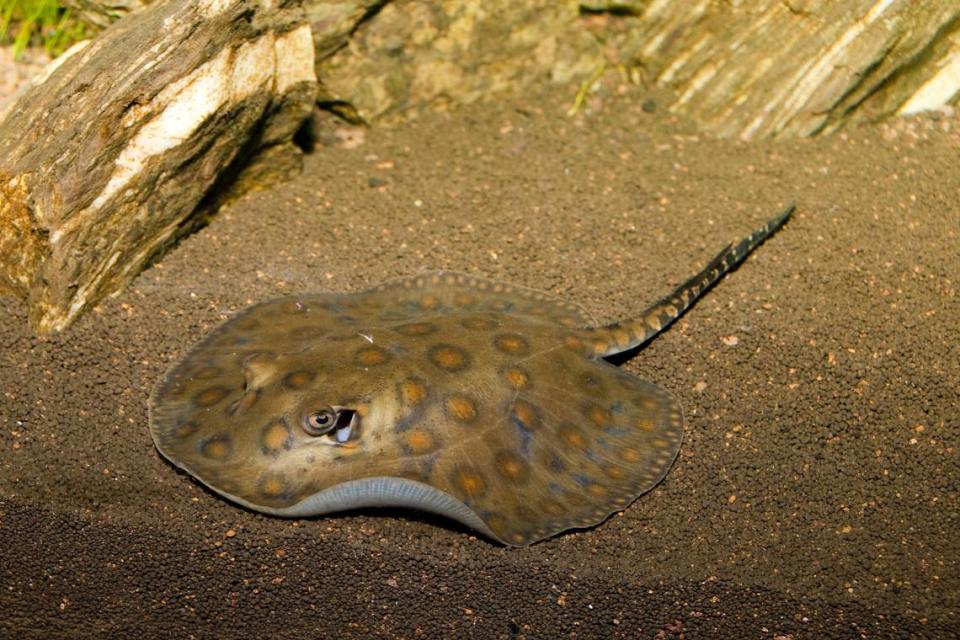
What kinds of stingrays live off California coast?
Round stingrays are the species you’re most likely to encounter in California, according to Barilotti.
“They look like a small dinner plate with a tail coming off,” he said.
The mottled brown fish measure up to 10 inches wide and 22 inches long, with spines up to 1.5 inches long, according to the state Fish and Wildlife Department’s Marine Species Portal.
You’ll also see bat rays, which are “more airplane-ish” with a maximum wingspan of 6 feet, Barilotti said, as well as California butterfly rays and diamond stingrays.
Those species are considered batoids, along with other rays, guitarfish and skates, and are closely related to sharks.
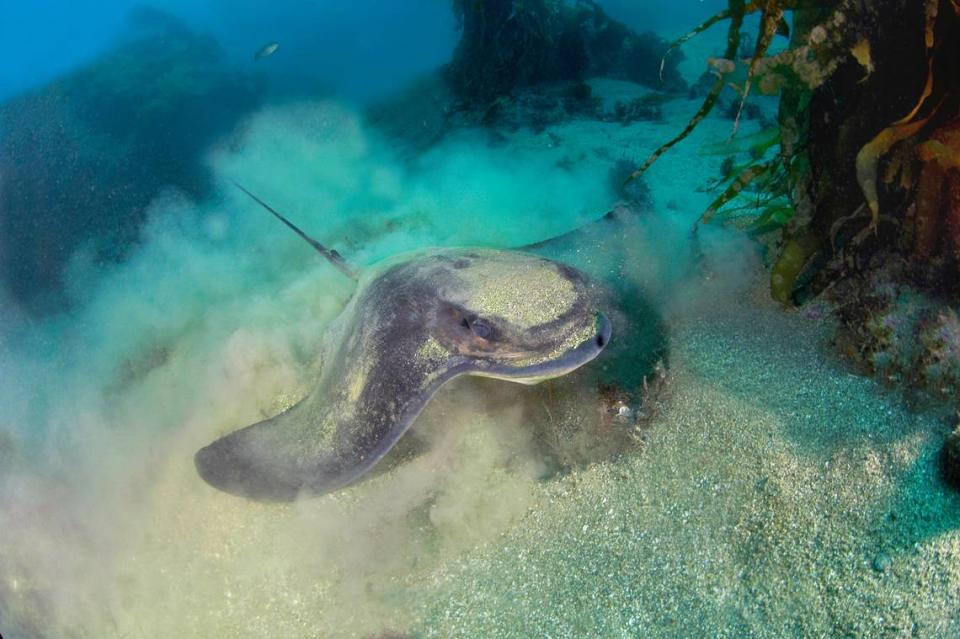
Where can I find stingrays?
Stingrays are typically found in sandy, shallow waters within 20 to 30 feet of the shore, Barilotti said.
Their habitat is the so-called “surf zone” at beaches, bays and estuaries, he said.
You can spot round stingrays swimming as far north as Humboldt Bay and as far south as Peru, the Marine Species Portal said, while bat rays are found from Oregon to Baja California in Mexico.
Most batoids spend their time on the seafloor resting or foraging for food, including clams, shrimp and crabs, according to California State University, Long Beach’s Shark Lab.
“Many stingrays bury themselves in the sand to remain hidden from potential predators,” the university said.
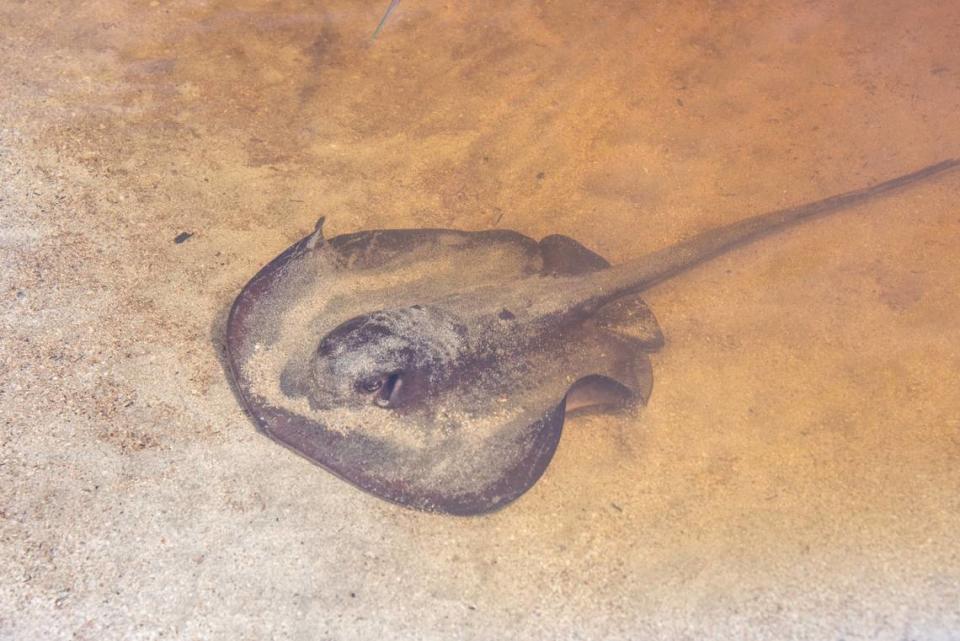
Why do stingrays strike?
A stingray uses the caudal barb, also known as a spine or stinger, on its tail for self-defense.
“A stingray’s barb is covered by a thin external layer of skin and mucus,” the Shark Lab said. “There are specialized cells in this outer layer of skin that allow for the transfer of venom into a potential predator upon striking.”
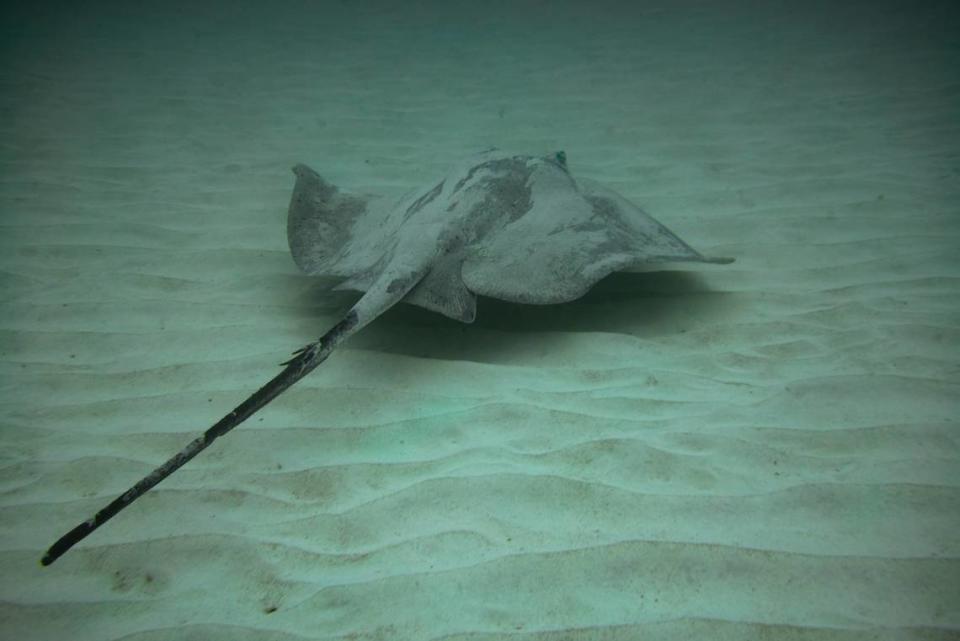
What does a stingray sting feel like? What are symptoms?
If you accidentally step on a stingray, you may not even realize it at first.
“By the time you register what happened, it’s already stung you,” Barilotti said, describing the sensation as “pretty awful.”
“It feels like being stabbed in the foot” with two sharp toothpicks, said Barilotti, who was stung by a stingray after surfing in Huntington Beach.
“The initial sting hurts,” he said, but what comes afterward hurts more.
“As the venom starts working, your foot starts throbbing” and swelling, Barilotti explained. “It gets worse and worse the longer you put off dealing with it.”
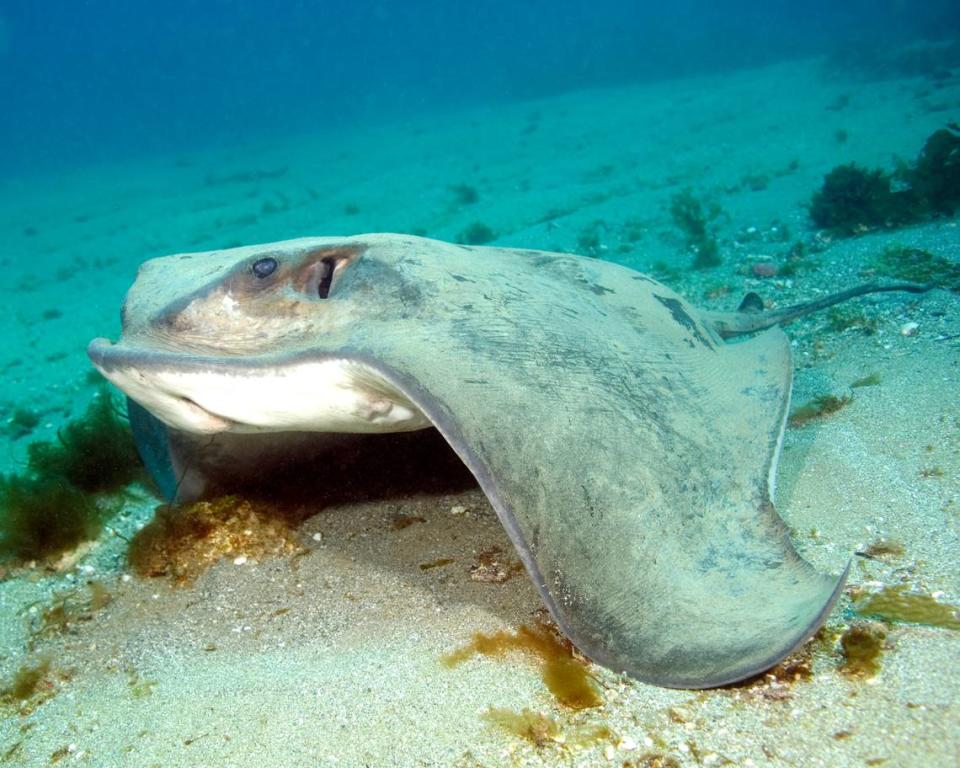
What should I do if I’m stung by a stingray?
“If you’re stung at the beach, your best method is to see a lifeguard,” Barilotti said.
They’ll submerge the part of your body that was stung in hot water for at least 15 minutes, he said.
“That helps break down the proteins of the venom,” Barilotti explained.
You’ll also want to check the wound for bits of the barb that might have broken off, disinfect any lacerations and monitor for signs of infection.
Serious stingray-related injuries or deaths are extremely rare, Barilotti said.

What’s the best way to avoid stingrays? Prevent injury?
Do the “stingray shuffle,” Barilotti said.
“You basically drag your feet around the (ocean) bottom,” he explained.
Shuffling your feet will “alert the buried ray that you are approaching and to give them the chance to skitter away,” according to the Shark Lab.
Swimmers usually aren’t at risk of getting stung because they’re not coming in contact with the seafloor, Barilotti said.
What else should you watch out for in the ocean?
Although encounters between sharks and humans off California’s coast are fairly common, your chances of being attacked by one is “pretty small,” Barilotti said.
You should also look out for jellyfish but “those are pretty rare in our waters,” he said.
“Compared to most places in the world ... California is pretty safe in terms of things you’re going to encounter in the water,” he said. “I would have no issues taking my family to the beach anytime.”

